Health and Wellness Trends
The growing emphasis on health and wellness among consumers is significantly impacting the Cocoa Powder Market. Cocoa powder is recognized for its potential health benefits, including antioxidant properties and cardiovascular support. As consumers become more health-conscious, they are gravitating towards products that incorporate cocoa powder as a natural ingredient. The market for health-oriented food products is expected to grow, with cocoa powder being a favored choice for its versatility in smoothies, baked goods, and snacks. This trend suggests that the Cocoa Powder Market may experience an uptick in demand as manufacturers innovate and create health-focused products that highlight cocoa powder's nutritional advantages.
Sustainable and Ethical Sourcing
Sustainability and ethical sourcing practices are increasingly shaping the Cocoa Powder Market. Consumers are becoming more aware of the environmental and social implications of their purchases, leading to a demand for sustainably sourced cocoa. In 2025, it is estimated that the market for sustainably sourced cocoa products will grow by over 20 percent. This shift encourages cocoa producers to adopt sustainable farming practices, which not only benefit the environment but also enhance the quality of cocoa powder. As brands commit to ethical sourcing, the Cocoa Powder Market is likely to see a rise in consumer trust and loyalty, further driving market growth.
Innovations in Product Development
Innovations in product development are a crucial driver for the Cocoa Powder Market. Manufacturers are continuously exploring new formulations and applications for cocoa powder, leading to the introduction of unique products that cater to diverse consumer preferences. For instance, the rise of plant-based diets has prompted the development of cocoa powder products that align with vegan and vegetarian lifestyles. Additionally, the incorporation of cocoa powder into functional foods and beverages is gaining traction. This trend indicates that the Cocoa Powder Market is poised for growth as companies invest in research and development to create innovative offerings that resonate with health-conscious consumers.
Rising Demand for Chocolate Products
The increasing demand for chocolate products is a primary driver of the Cocoa Powder Market. As consumers continue to seek indulgent treats, the market for chocolate-based goods expands. In 2025, the chocolate confectionery market is projected to reach approximately 150 billion USD, indicating a robust growth trajectory. This surge in demand for chocolate products directly influences the need for cocoa powder, as it serves as a fundamental ingredient in various formulations. Consequently, manufacturers are likely to increase their procurement of cocoa powder to meet consumer preferences for high-quality chocolate offerings. The Cocoa Powder Market, therefore, stands to benefit from this trend, as the interplay between chocolate demand and cocoa powder supply becomes increasingly pronounced.
Expanding Applications in Food and Beverage
The expanding applications of cocoa powder in the food and beverage sector are driving growth in the Cocoa Powder Market. Beyond traditional uses in chocolate products, cocoa powder is increasingly being utilized in a variety of culinary applications, including baking, beverages, and even savory dishes. The versatility of cocoa powder allows it to be incorporated into a wide range of products, from protein bars to gourmet sauces. As the food and beverage industry continues to evolve, the demand for cocoa powder is likely to rise, reflecting its adaptability and appeal. This trend suggests that the Cocoa Powder Market will experience sustained growth as manufacturers explore new avenues for cocoa powder utilization.


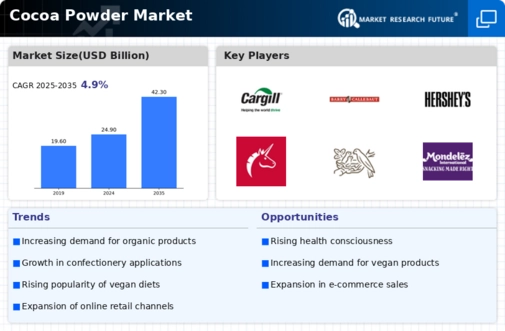

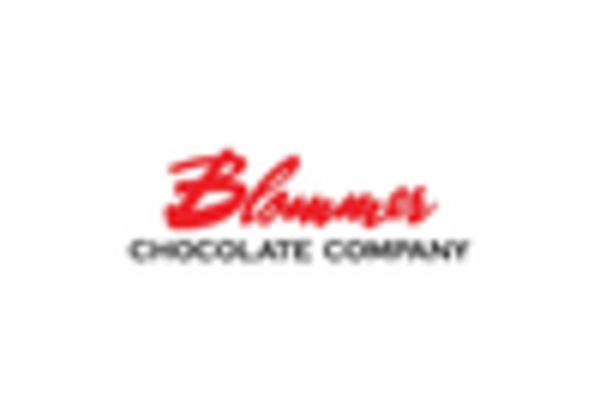

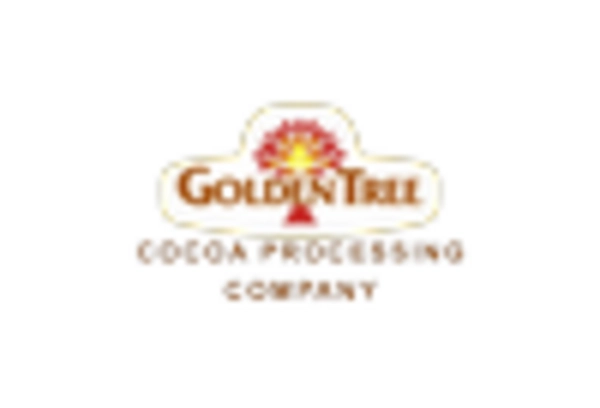
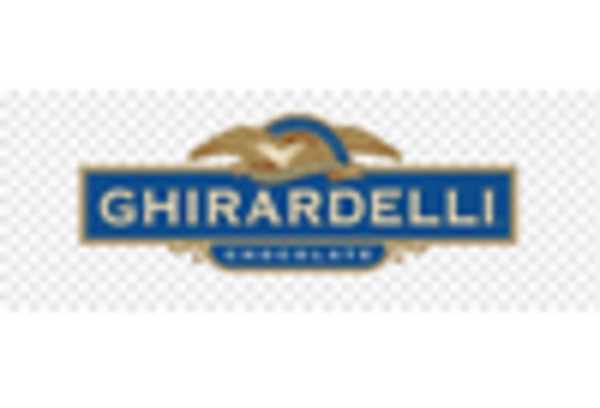
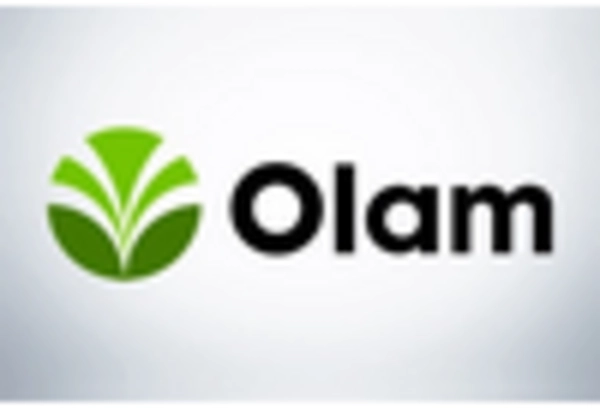








Leave a Comment